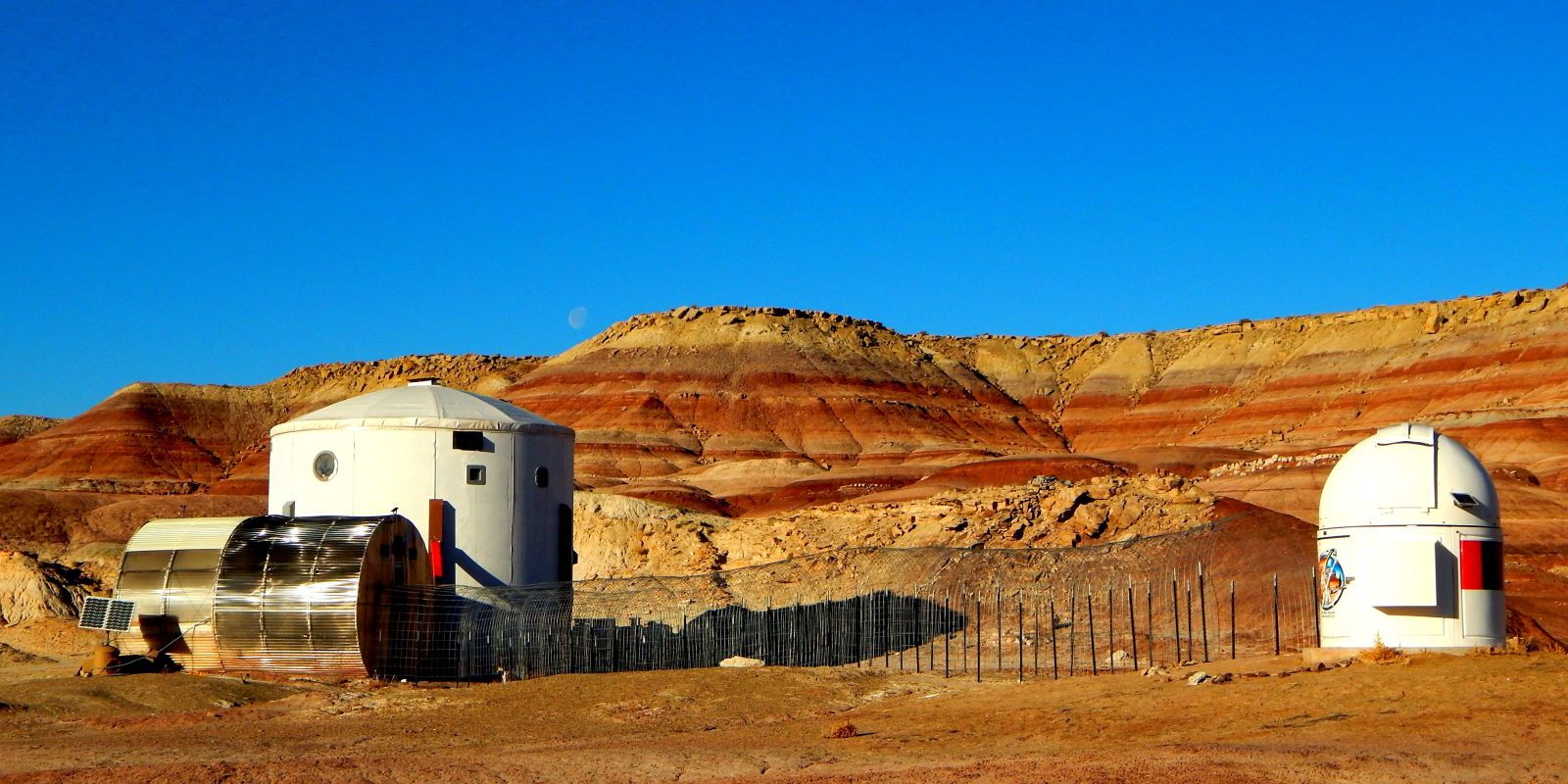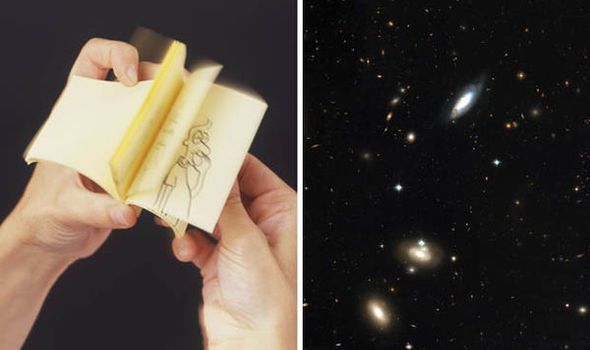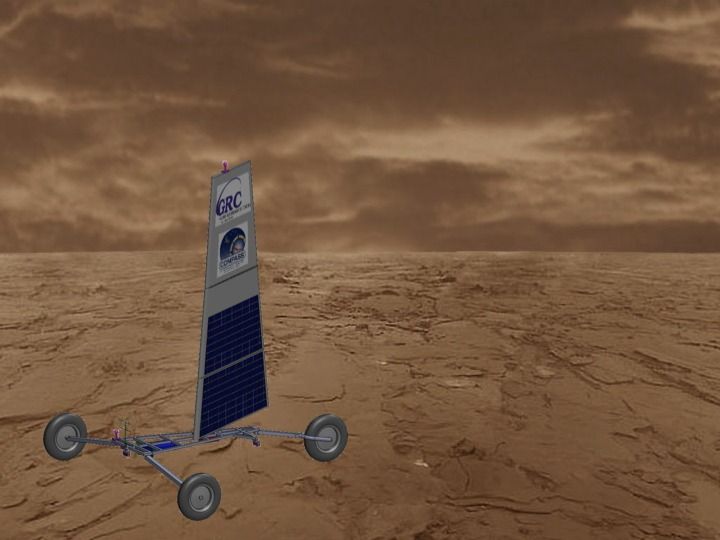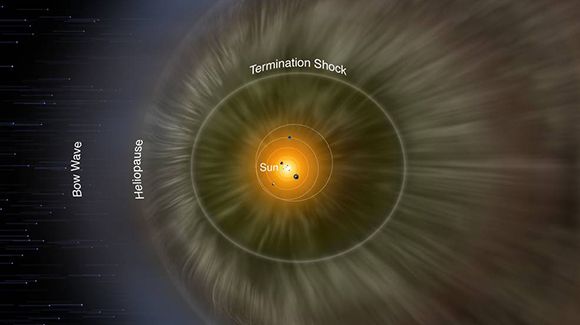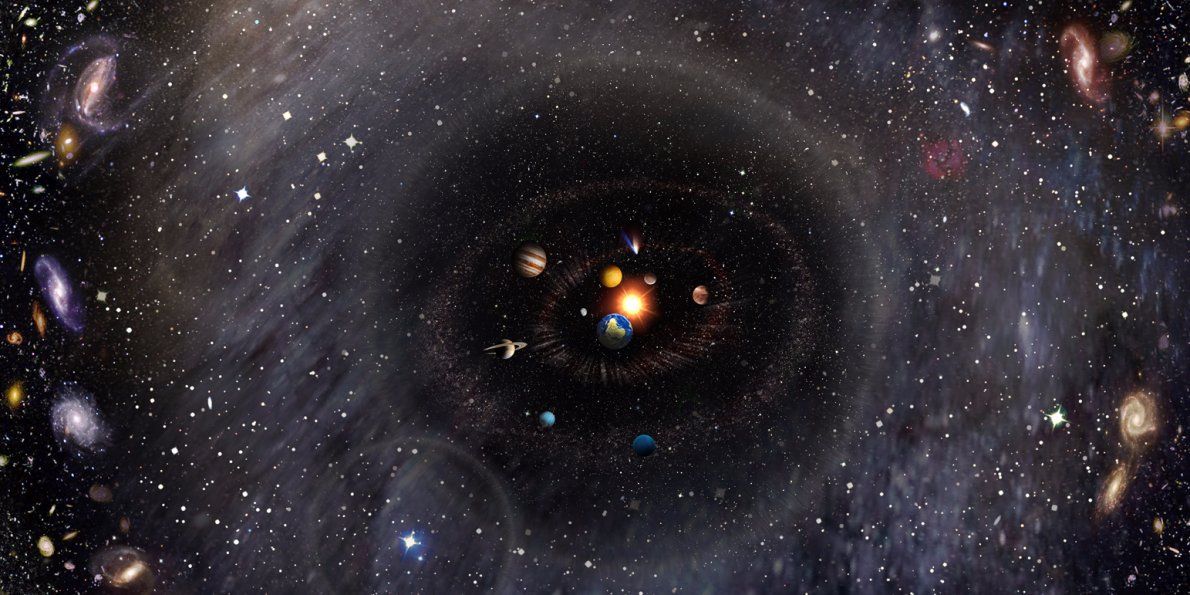Archive for the ‘space’ category: Page 973
Mar 1, 2016
Quarks To Quasars Photo 2
Posted by Shailesh Prasad in categories: particle physics, space
Feb 29, 2016
America’s Space Heritage Is Rotting ‘In Place’
Posted by Bruce Dorminey in category: space
New book chronicles American space history left rotting at the pad; not just at Cape Canaveral but across the U.S. Not sure what can be done with behemoth launch pads, but perhaps a non-profit effort at restoring them or at least cleaning them up might be worth the effort.
Large swaths of America’s space heritage have literally been left to rot at the launch pad as is poignantly made clear in Abandoned In Place, a new book that chronicles long-neglected and largely forgotten aspects of U.S. space history.
Author Roland Miller’s oversized collection of photos and essays documents some 60 years of U.S. space history mostly at Cape Canaveral, Fla.
Continue reading “America’s Space Heritage Is Rotting ‘In Place’” »
Feb 29, 2016
Time travel a step closer as physicists say we live in a universe-sized ‘flicker book’
Posted by Andreas Matt in categories: physics, space, time travel
TIME throughout the universe is like a giant ‘flicker book’ which can be broken into an almost infinite number of separate moments, scientists said today.
Feb 29, 2016
NASA Venus Landsail Rover Could Launch In 2023
Posted by Bruce Dorminey in categories: innovation, space
NASA’s study of a Venus landsail rover for possible launch as early as 2023 continues via its Innovative Advanced Concepts office. Geoffrey Landis, the rover’s study scientist fills me in on the latest. Ironically, the optimal landing site is near that of the Soviet Venera 10 lander.
NASA continues working towards a Venus landsail surface rover that could see launch as early as 2023 and mark the first time in a generation that any probe has landed on the planet’s hot, rocky surface. After a five month journey from Earth, the lander-rover — about the size of a windsurfing board — would begin a nominal 50-day surface mission.
If funded, NASA would launch this landsail “Zephyr” rover as a $400 million Discovery class mission with a coupled orbiter and lander. Once safely in Venus orbit, the rover-lander would detach for its journey through the planet’s thick atmosphere. Following an upright wheels-down landing, pyrotechnics would then cut the rover loose to explore the surface.
Continue reading “NASA Venus Landsail Rover Could Launch In 2023” »
Feb 27, 2016
Astronomers Create Largest-Ever Catalog Of Cosmic Voids
Posted by Bruce Dorminey in category: space
We might not think it, but we live in a pretty crowded part of the universe. But more than half our cosmos is made up of largely empty voids where there’s virtually nothing for hundreds of millions of light years of spacetime. At great distances, we still aren’t sensitive to dwarf galaxies that may lie within such voids. But even in the midst of such emptiness, these voids do have a few luminous elliptical galaxies not unlike the one seen here. Kudos to the team that crafted this new catalog map of these empty spots in our cosmos.
Astronomers have released the largest and most extensive catalog of cosmic voids ever generated — extending out some 8 billion light years in an area covering a quarter of the sky, mostly observable from the Northern hemisphere.
Feb 26, 2016
NASA’s IBEX Observations Pin Down Interstellar Magnetic Field
Posted by Karen Hurst in categories: materials, particle physics, space
The new paper is based on one particular theory of the origin of the IBEX ribbon, in which the particles streaming in from the ribbon are actually solar material reflected back at us after a long journey to the edges of the sun’s magnetic boundaries. (NASA Image)
BREVARD COUNTY, FLORIDA – The new paper is based on one particular theory of the origin of the IBEX ribbon, in which the particles streaming in from the ribbon are actually solar material reflected back at us after a long journey to the edges of the sun’s magnetic boundaries.
A giant bubble, known as the heliosphere, exists around the sun and is filled with what’s called solar wind, the sun’s constant outflow of ionized gas, known as plasma.
Continue reading “NASA’s IBEX Observations Pin Down Interstellar Magnetic Field” »
Feb 26, 2016
Scientists have estimated that the universe won’t end for at least 2.8 billion years
Posted by Karen Hurst in category: space
What a relief.
One day, the Universe is going to die out — that’s something scientists can agree on.
But exactly how and when that will happen is a more of a gray area, and it’s not something we’ve really had to worry about, with current predictions putting any such event tens of billions of years in the future — long after our Sun burns out.
Feb 26, 2016
Can SkyFi Really Give the Entire World Free Internet?
Posted by Shailesh Prasad in categories: internet, satellites, space
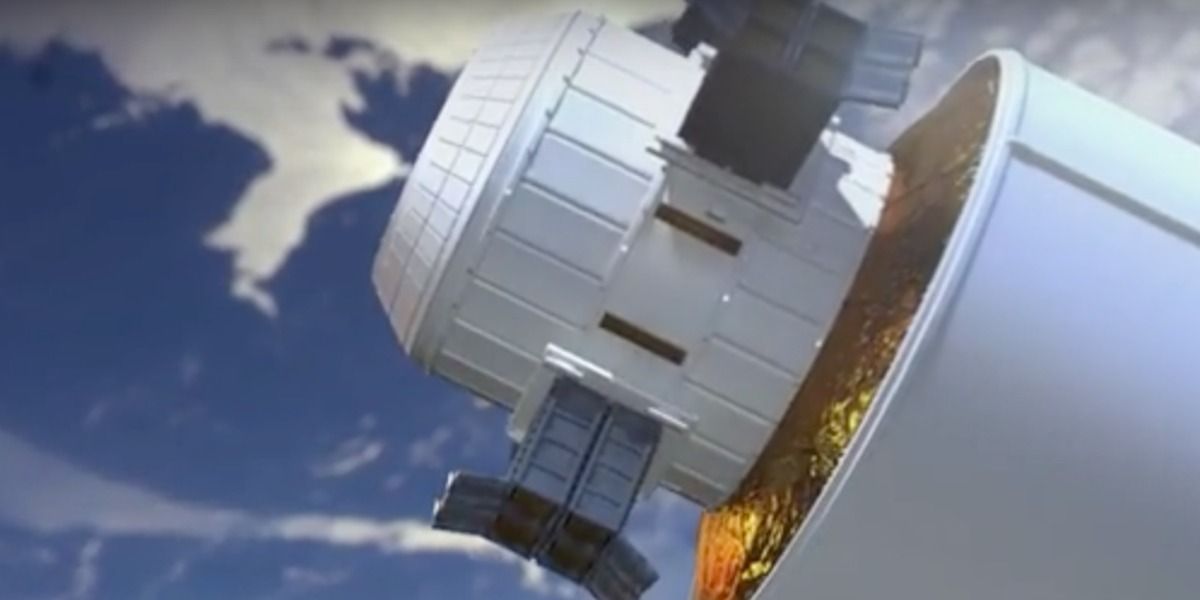
Wifi distribution across this planet is patchwork of crazy: You can tweet from Mt. Fuji but lord help you if you want to send an email in Cuba. Thursday, Israeli company SkyFi announced it will be the one to finally soak the world in wifi from space.
In a press release announcing $3 million in funding from Jerusalem Venture Partners and the Liberty Israel Venture Fund, the company said it would get around the problems preventing reliable wifi from traditional satellites by launching nano satellites whose 55-centimeter diameter antenna could be folded up to make launching cheaper, then expanding once in orbit.
Continue reading “Can SkyFi Really Give the Entire World Free Internet?” »
Feb 26, 2016
Russian Robonauts Working on the ISS Will Soon be Reality (Video)
Posted by Dan Kummer in categories: government, military, robotics/AI, space
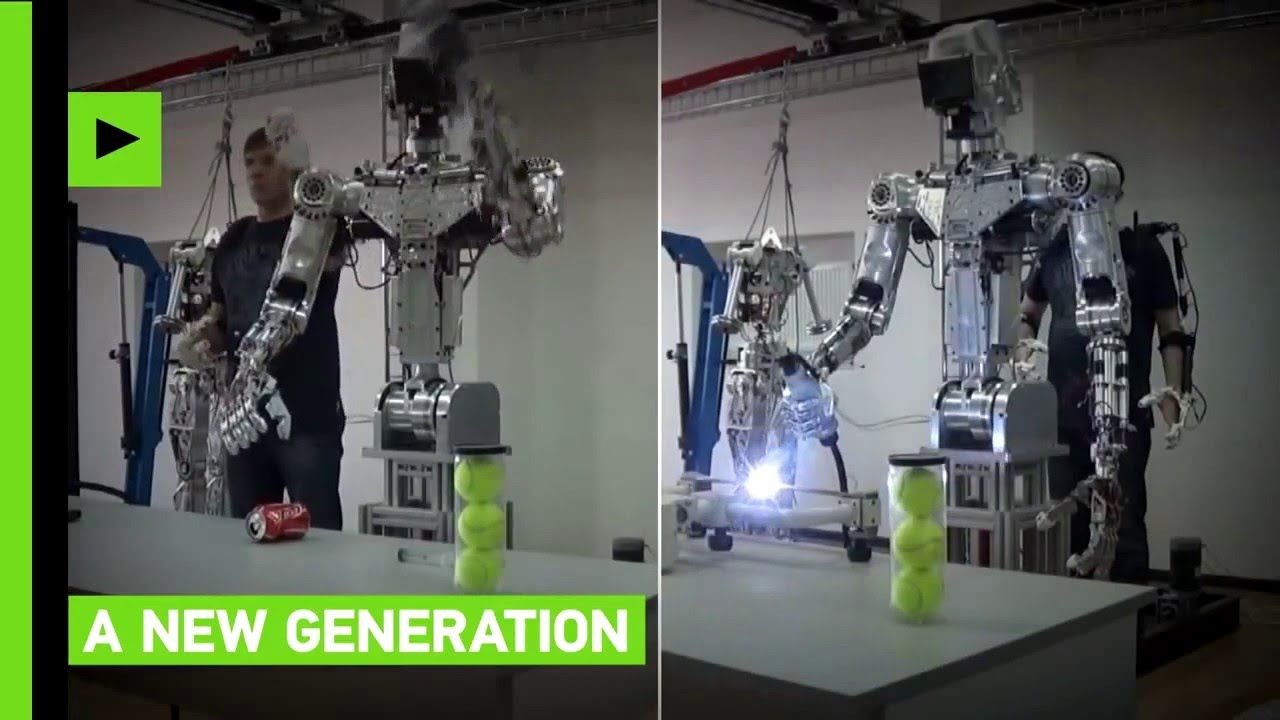
https://youtube.com/watch?v=9xlw5jAu4kc
Rather than risk the lives of their astronauts, Russian government scientists are now working to develop humanoid robots that can perform complex tasks on the outside of the International Space Station (ISS) while astronauts control them safely from within the station.
The Russian Foundation for Advanced Research Projects, Russia’s military research arm unveiled two prototype robot astronauts on February 13th to the media ahead of a public robotics exhibition in Moscow.
Continue reading “Russian Robonauts Working on the ISS Will Soon be Reality (Video)” »
